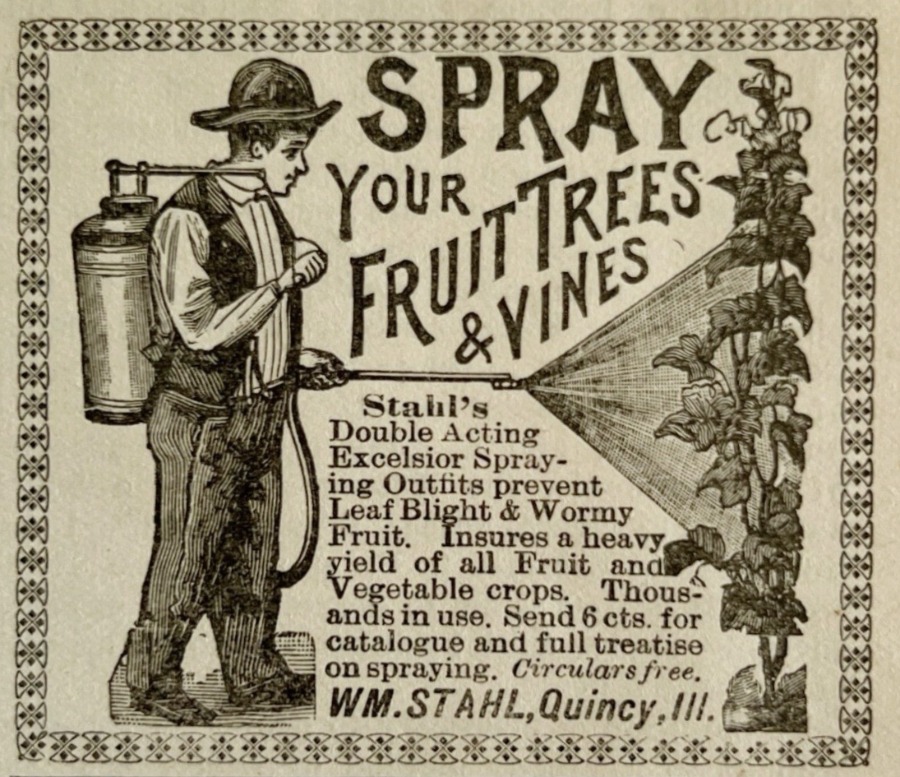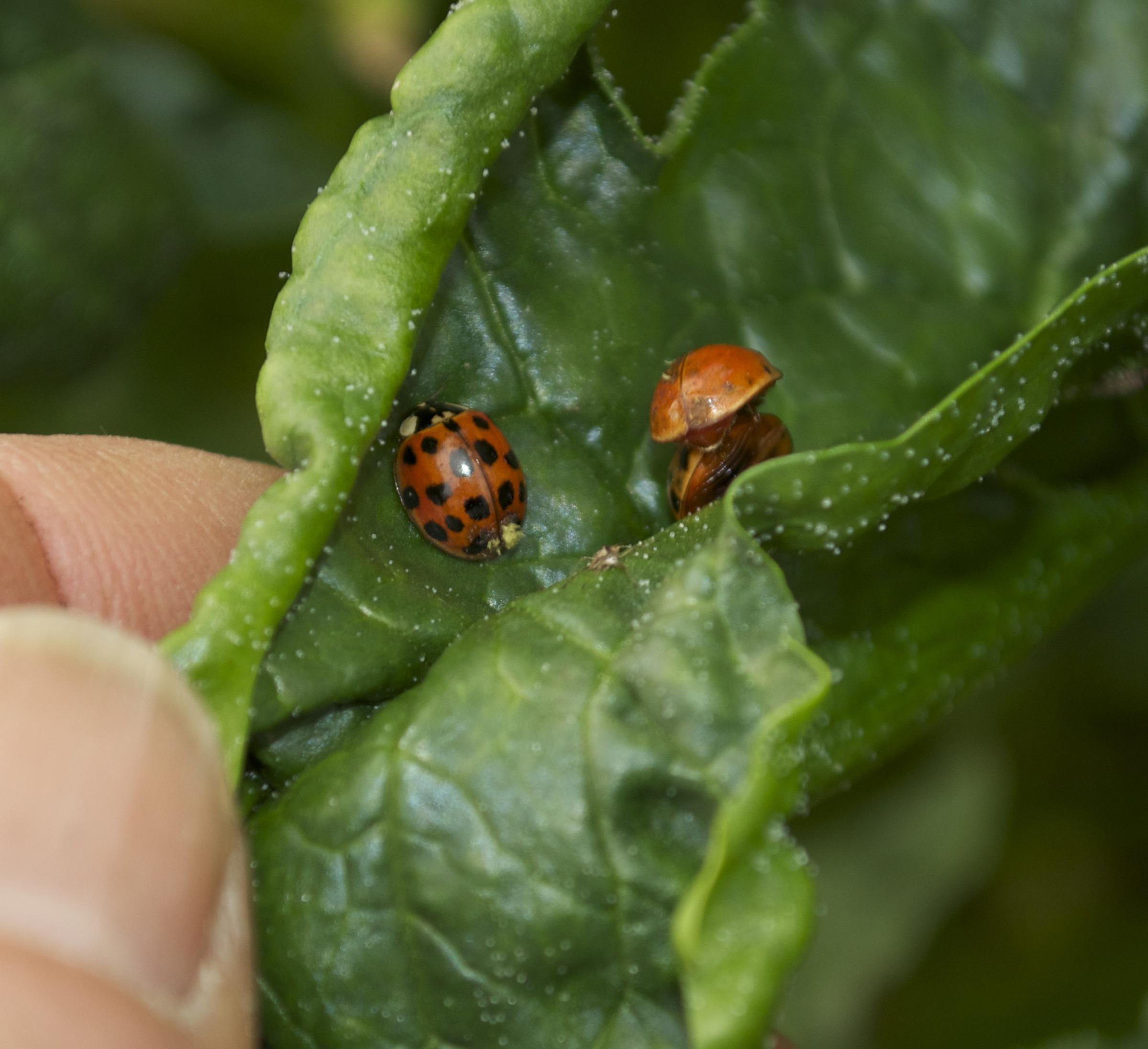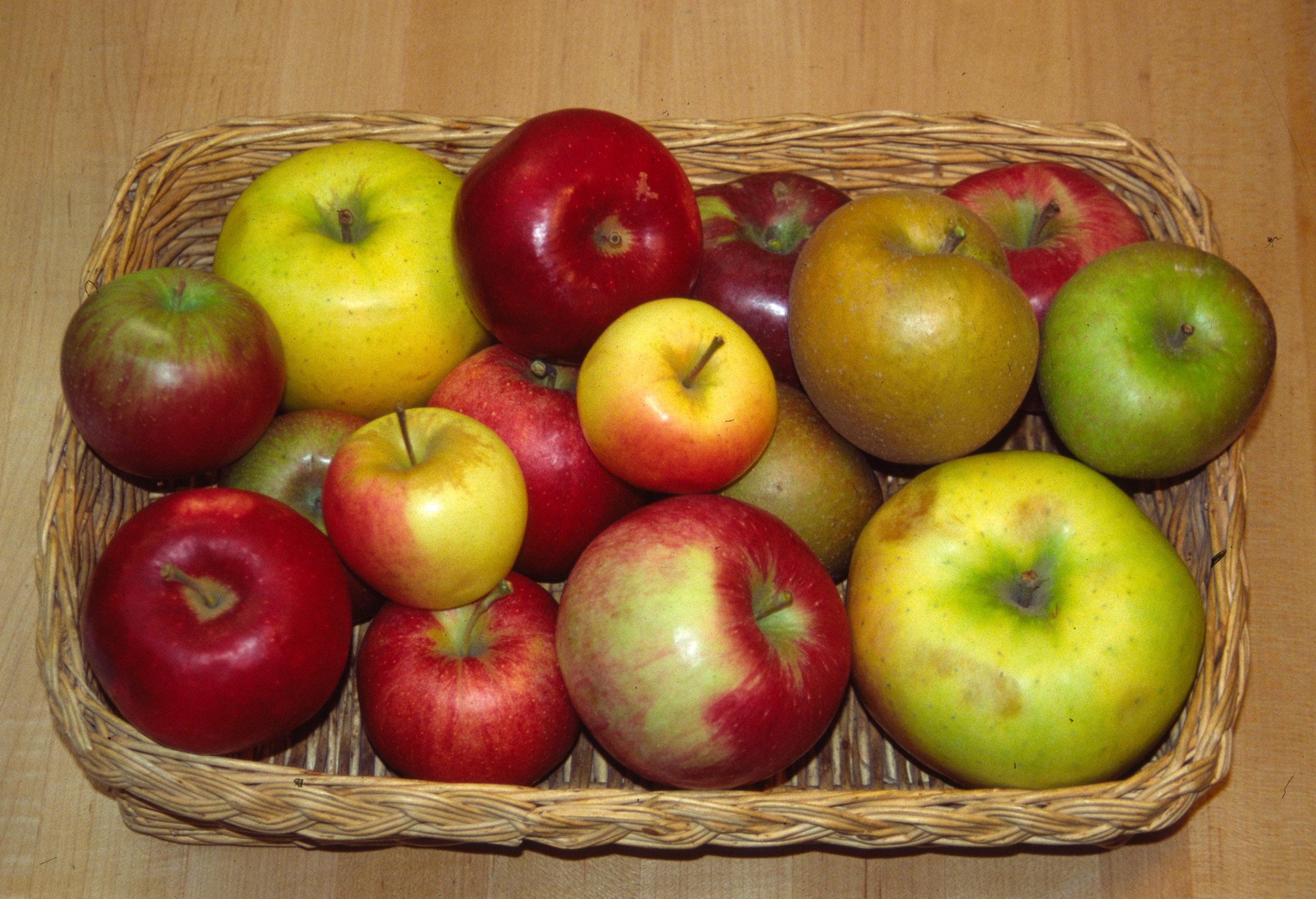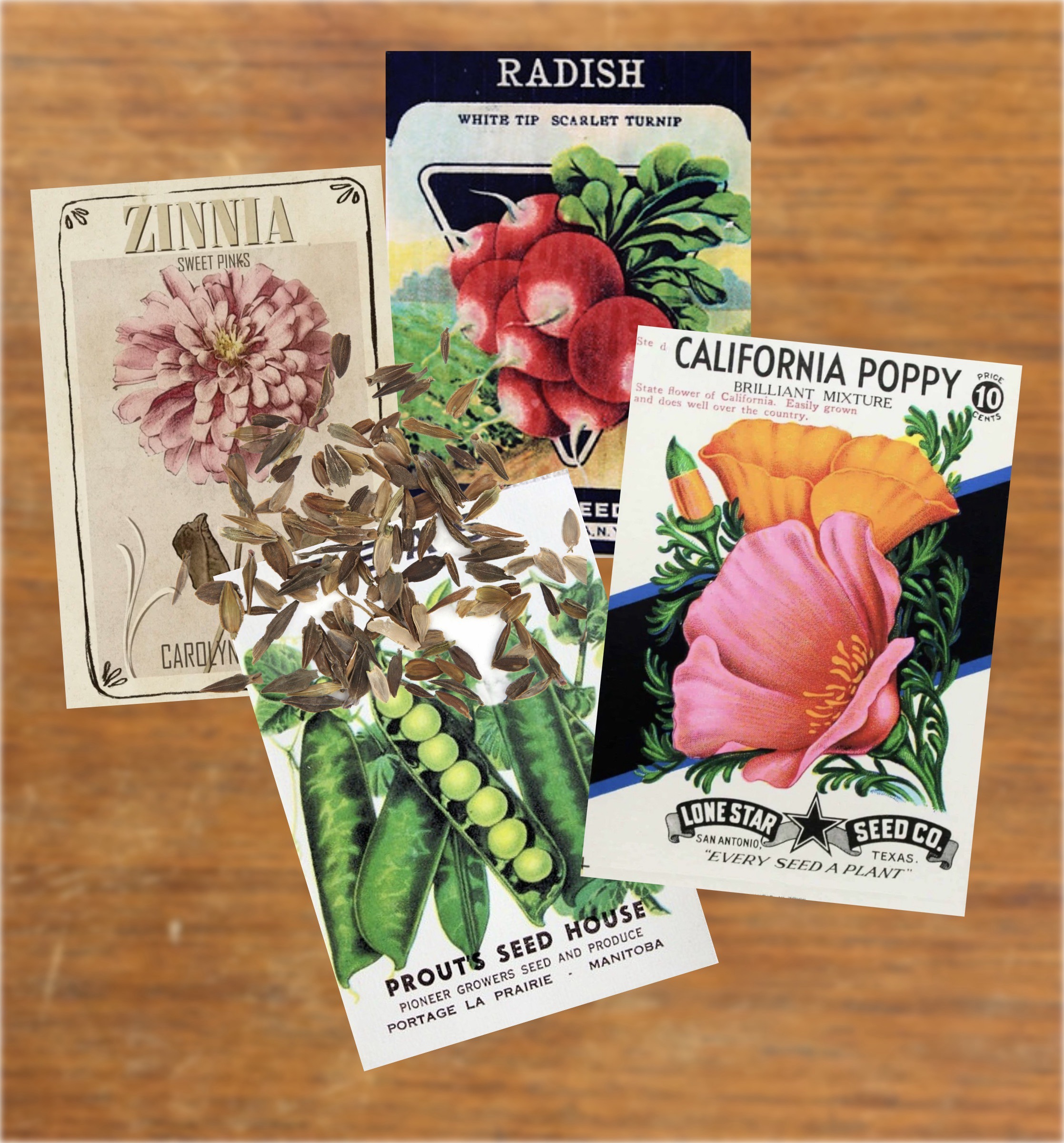SOAP UP
/2 Comments/in Pests/by Lee ReichPlus Ça Change . . .
In gardening as much as anything else “the more things change, the more they stay the same.” In 1845, Andrew Jackson Downing, famous horticulturalist (and native son to New York’s Hudson Valley) that a “wash of soft soap is very good for many purposes . . . penetrates all the crevices where insects may be lodged, destroying them.”
Savvy gardeners were using soap sprays even back in the 1700’s, and they were continuing to do so right through the beginning of the 20th century. Read more
WHERE’S HOME?
/4 Comments/in Pests/by Lee ReichMigration
“Ladybug, ladybug fly away home…” Whoops, she did! And she’s made my home, and perhaps your home, her home. With spring just around the corner, she’s awakening and coming indoors.
Ladybugs are such lovable creatures that we — or I, at least — can’t call them a pest even when they act like one. Just now they’re creeping on windows along with cluster flies, also benign creatures but “pests” not at all welcome in my home. Ladybugs do get even peskier indoors: I occasionally find them marching across a pillow just before I lay down my head or scuffling along the edge of a teacup just before I take a sip.
It’s not your imagination that the annual ladybug migration indoors has increased from years’ past. Read more
OLDIES BUT GOODIES
/2 Comments/in Flowers, Fruit, Vegetables/by Lee ReichVarieties and Aesthetics Past
You’re rummaging in the attic, in your greatgrandma’s steamer trunk, and you come upon a dusty, old packet of garden balsam seeds. An heirloom! This heirloom’s probably more valuable for the picture on the packet than for the seeds, which probably have lost their vitality. You could, though, if you wanted, get your hands on heirloom plants seeds or plants that would grow.





